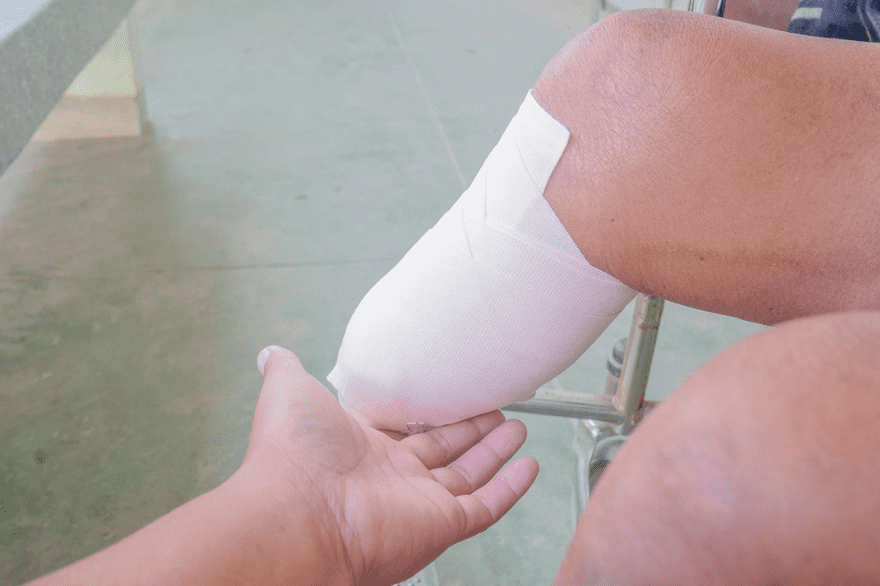
Amputation ( Digits, Upper limb, Lower Limb)
Amputation ( Digits, Upper limb, Lower Limb)– Amputation is a surgical procedure that involves the removal of a limb or a part of a limb due to injury, disease, or other medical reasons. The decision to perform an amputation is typically made when there is a severe or life-threatening condition that cannot be adequately treated through other means, and removing the affected limb is deemed necessary to preserve the patient’s overall health and well-being.
The specific amputation procedure will vary depending on the location and extent of the amputation, as well as the individual patient’s circumstances. Dissection and bone resection: The surgeon carefully dissects through the layers of skin, muscle, and other tissues to expose the underlying bones. The bone is then cut or sawed through at the appropriate level, based on the surgical plan. The goal is to remove enough of the limb to eliminate the diseased or injured tissue while preserving as much healthy tissue as possible.
Syptoms:
Amputation is the surgical removal of a limb or part of a limb due to injury, disease, or other medical reasons. It is considered a last resort when all other treatment options have been exhausted or when the affected limb poses a severe threat to the individual’s health and well-being.
There are various reasons why amputations may be performed, including:
- Trauma: Severe accidents, such as those involving crushing injuries, severe burns, or extensive damage to the limb, may require amputation if the affected limb cannot be salvaged.
- Peripheral arterial disease: In cases where blood circulation to the limb is significantly compromised due to conditions like peripheral artery disease (PAD) or diabetes, amputation may be necessary to prevent further complications such as infections or non-healing wounds.
- Cancer: Malignant tumors that affect the bones, muscles, or soft tissues of the limb may require amputation to remove the cancerous growth and prevent its spread to other parts of the body.
- Infection: Infections that do not respond to other treatments, such as antibiotics or wound care, and pose a risk to the individual’s overall health may require amputation to remove the infected tissue and prevent the spread of infection.
Meet Our Doctors
